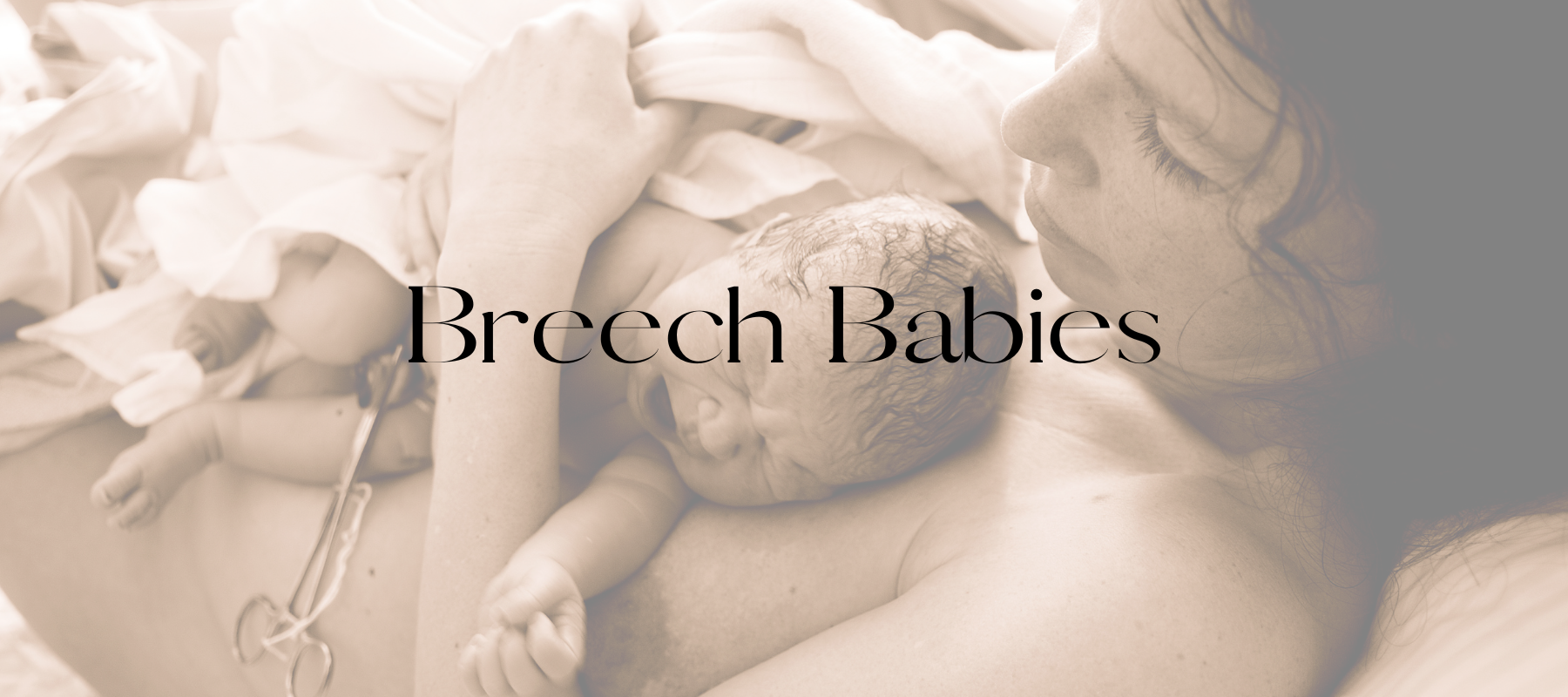Trigger warning: The end of this blog post contains realistic illustrations of vaginal tearing and episiotomies.
What’s the purpose of episiotomies?
In the past, episiotomies were commonly performed to reduce the risk of larger vaginal tears during childbirth. Medical professionals believed that a deliberate incision would heal more effectively than a natural tear and help maintain the integrity of the pelvic floor muscles and connective tissue.
However, current research indicates that routine episiotomies may not actually prevent these issues as once thought. As a result, they are no longer recommended as a standard practice.
Are you guaranteed to tear during childbirth?
The likelihood of experiencing a tear in the perineum during childbirth is unpredictable, as most tears happen unexpectedly. However, certain factors may increase the chances of a tear occurring during childbirth, such as it being your first vaginal birth, requiring forceps or ventouse delivery, or having a prolonged second stage of labour. It is advisable to discuss the possibility of tearing during childbirth with your midwife to understand the potential implications.
Are there grades of perineal tears?
Perineal tears are classified into four degrees based on their depth and extent:
- First-degree tears are superficial and skin-deep.
- Second-degree tears are more profound and involve the perineal muscle.
- Third-degree tears extend to the muscle controlling the anus (anal sphincter).
- Fourth-degree tears go further into the lining of the anus or bowel.
How long does it take to heal from a perineal tear?
First-degree tears typically heal on their own, while second-degree tears usually require stitches. Approximately 3 in 10 women may experience a first or second-degree tear during childbirth.
In the case of third or fourth-degree tears, you will likely be taken to the operating theatre for proper repair under optimal conditions. Around 5 in 100 women undergoing vaginal delivery may have a third or fourth-degree tear, with a slightly higher likelihood (6 in 100) for first-time pregnancies.
What is an episiotomy?
During childbirth, it may be necessary for a doctor or midwife to perform a procedure known as an episiotomy, which involves making a cut in the area between the vagina and anus (perineum). This cut widens the vaginal opening, making it easier for your baby to pass through. Sometimes, a woman's perineum may naturally tear during childbirth, as discussed above. An episiotomy can help prevent severe tears or expedite birth in certain situations.
How common is tearing during childbirth?
Up to 9 in 10 first-time mothers will experience some form of tear, graze, or episiotomy during vaginal birth.
If a healthcare provider deems an episiotomy necessary, they will discuss with you before proceeding with the procedure. There are two main types of episiotomy incisions:
- Midline incision: This type of incision is made vertically. While a midline incision is more straightforward to repair, there is a higher risk of it extending into the anal area.
- Mediolateral incision: This type of incision is made at an angle. A mediolateral incision is less likely to extend into the anal area, but it may be more painful and challenging to repair compared to a midline incision.
The National Institute for Health and Care Excellence (NICE) recommends that an episiotomy be performed if your baby is in distress and needs to be born quickly, forceps or vacuum delivery (ventouse) is necessary, or if there is a risk of tearing to the anus. The procedure is usually done with a local anaesthetic to numb the area; if you have already had an epidural, then this will be topped up if needed and used before the cut is made; the cut is then stitched together using dissolvable stitches after the birth.
What are the risks associated with episiotomies?
There are certain risks associated with episiotomies that individuals should be aware of:
- Discomfort during recovery: Episiotomy recovery can be uncomfortable, and sometimes, the incision may be more extensive than a natural tear, leading to increased discomfort.
- Infection: There is a possibility of developing an infection at the episiotomy site.
- Pain during sex: Some individuals may experience pain during sexual intercourse in the months following delivery as a result of an episiotomy.
- Fourth-degree tearing risk: A midline episiotomy can increase the risk of fourth-degree vaginal tearing, which extends through the anal sphincter and into the lining of the rectum. This type of tearing can potentially lead to fecal incontinence.
What’s involved in an episiotomy recovery?
Recovery from an episiotomy involves managing pain, keeping the area clean to prevent infection, and doing pelvic floor exercises to aid healing. Seeing a woman’s health physio is highly recommended in the event of a significant tear or episiotomy. Stitches should heal within a month of your birth. It's important to watch for signs of infection, such as redness, swelling, discharge, or persistent pain, and seek medical attention if needed.
After going to the toilet, it is essential to clean the surrounding area to prevent any infection from occurring; you can do this by pouring warm water over the outer area of your vagina; you can also do this as you pass urine to ease the sting sensation. When opening your bowels, you can use a clean pad over the cut and press gently, which will help take some of the pressure. Be sure to wipe from front to back to prevent bacteria from spreading to the cut.
Techniques like massaging the perineum during the last few weeks of pregnancy can help prevent perineal tears. Additionally, during childbirth, controlled pushing and breathing techniques can help reduce the risk of tearing.
Your midwife will help to avoid you tearing by placing a warm compress on your perineum as your baby’s head becomes visible; you will then be asked to stop pushing and pant for a couple of quick short breaths, aiming to control the birth of your baby’s head. We want your baby’s head to be birthed slowly and gently, allowing the skin and muscles of the perineum time to stretch to prevent tearing.
In most cases, natural tearing is typically preferred over an episiotomy unless there are medical reasons necessitating the procedure. By providing appropriate perineal support and care during labour, the extent of natural tearing can often be minimised and, in some instances, may not even require repair. Moreover, natural tears are usually minor and may not always necessitate repair. Therefore, individuals may experience a smoother recovery with a tear compared to an episiotomy.
References
Episiotomy and perineal tears. (2020, December 2). Nhs.uk. https://www.nhs.uk/pregnancy/labour-and-birth/what-happens/episiotomy-and-perineal-tears/#:~:text=An%20episiotomy%20makes%20the%20opening
Is Episiotomy or Tearing During Labor Worse? (n.d.). Parents. Retrieved July 12, 2024, from https://www.parents.com/pregnancy/giving-birth/labor-and-delivery/episiotomy-vs-tear-during-labor-which-is-worse/
Mayo Clinic. (2018). Episiotomy: When it’s needed, when it’s not. Mayo Clinic. https://www.mayoclinic.org/healthy-lifestyle/labor-and-delivery/in-depth/episiotomy/art-20047282
Perineal tears and episiotomy. (n.d.). NHS Inform. https://www.nhsinform.scot/ready-steady-baby/labour-and-birth/assisted-birth/perineal-tears-and-episiotomy/
Depictions of vaginal tearing and episiotomies









